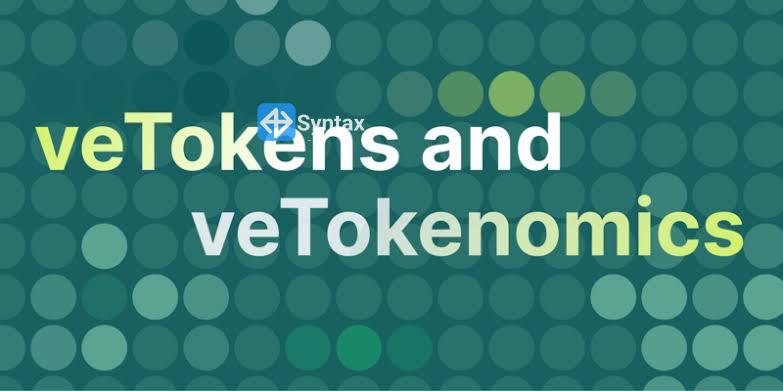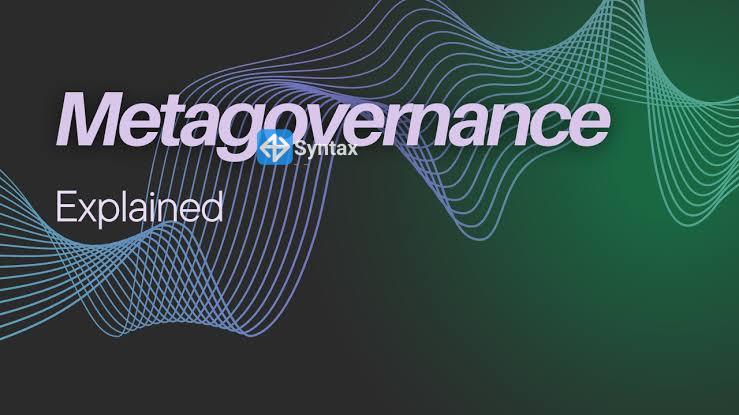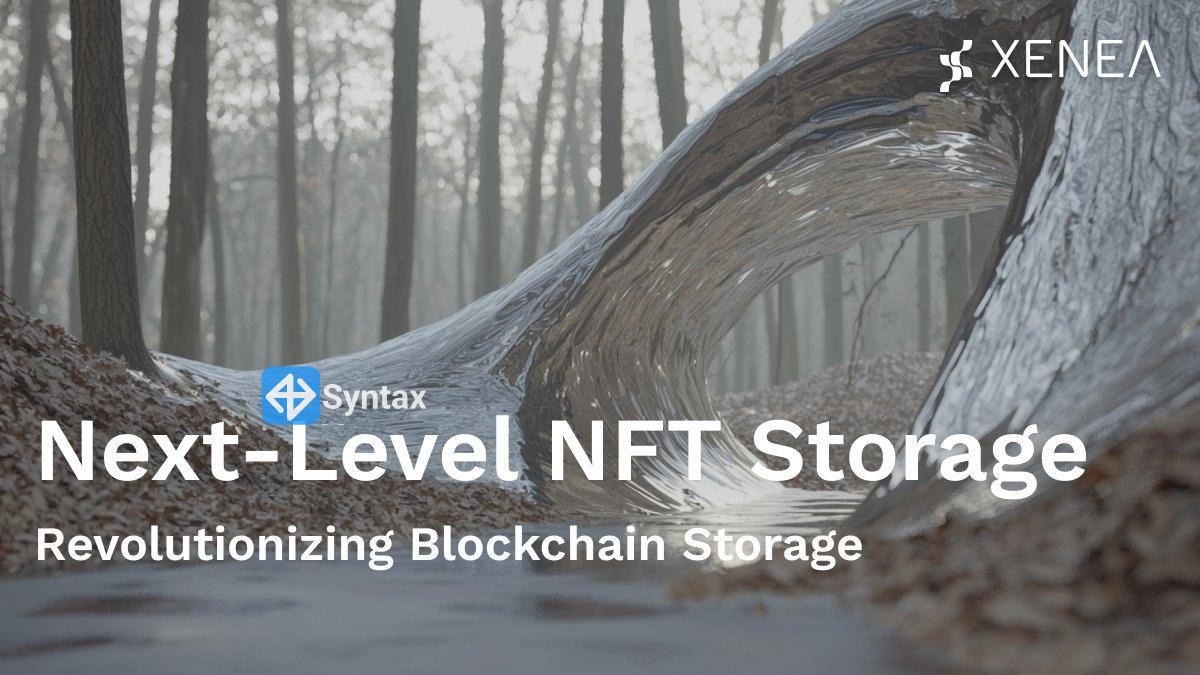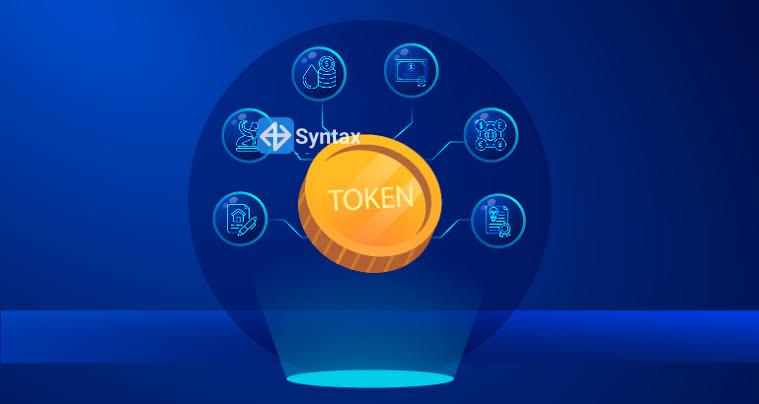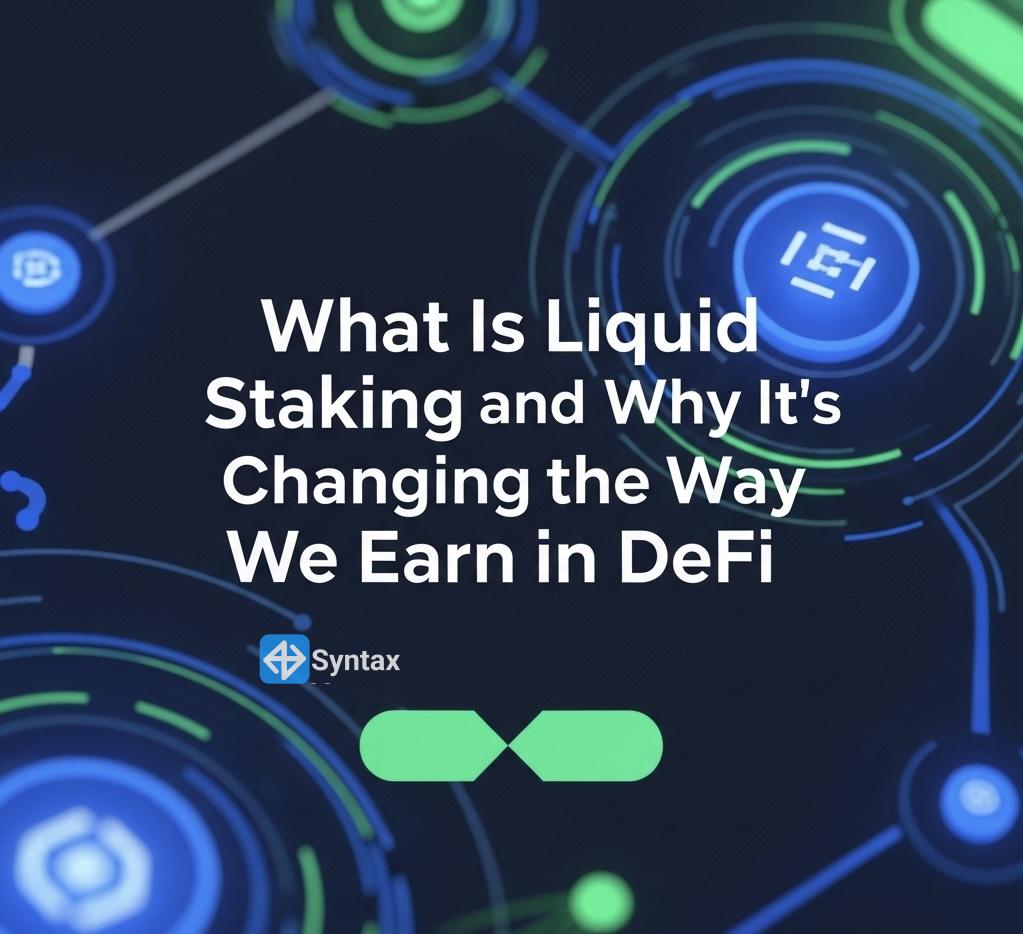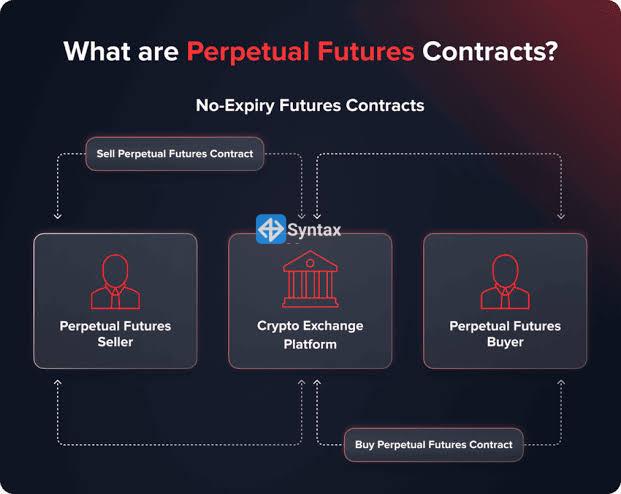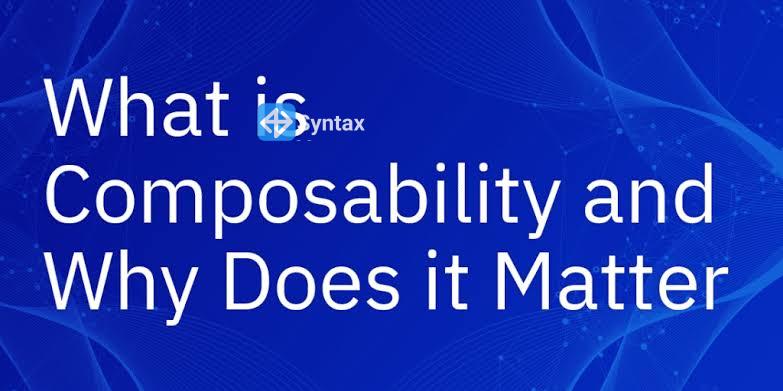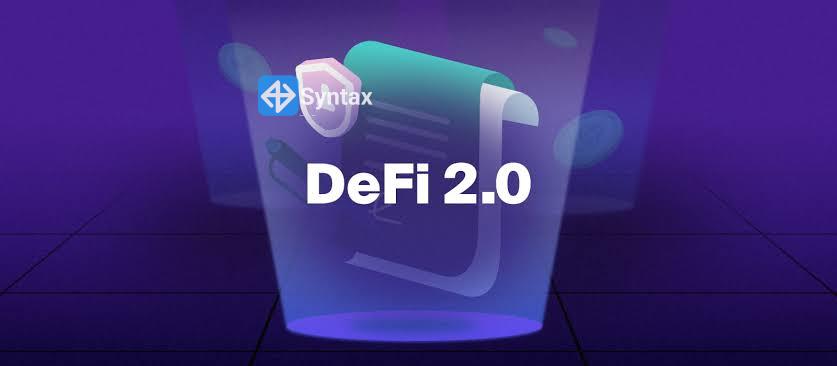They are part of a vote escrow mechanism where users lock up tokens for a fixed time to receive governance power and rewards.
This system was first popularized by Curve Finance through the introduction of veCRV.
What are veTokens?
- veTokens are not tradable tokens; they represent the voting power and utility derived from locking regular tokens for a set time.
- Users lock their tokens (e.g., $TOKEN) for a duration (e.g., months or years), and in return, receive veTokens (e.g., veTOKEN).
- The number of veTokens received is usually proportional to the lock duration, meaning longer lock periods grant more voting power.
- VeTokens are often non-transferable and come with exclusive benefits within the protocol.
How does the Vote Escrow System work?
1. Locking:
Users lock their tokens for a specific period.
2. veToken Creation:
Based on the lock duration, users receive veTokens, granting them voting power.
3. Voting:
veTokens are used to vote on proposals, gauge distributions, or other protocol decisions.
4. Incentives:
Protocols often reward users who lock their tokens with additional benefits, such as increased yield farming rewards, a share of protocol fees, or other incentives.
5. Reduced Circulation:
By locking tokens, the circulating supply decreases, potentially increasing the token's value and stability.
6. Long-term Commitment:
The system encourages long-term participation, as users with longer lock periods have more influence and rewards.
Benefits of Vote Escrow Systems:
- Increased Protocol Stability: Longer lock periods and reduced circulating supply can lead to greater stability.
- Enhanced Governance: veTokens empower long-term token holders to guide the protocol's direction.
- Reduced Volatility: By locking tokens, users reduce the potential for short-term price fluctuations.
- Stronger Community: Encourages a more engaged and committed community.
- Alignment of Interests: Users are incentivized to support the protocol's long-term success.
